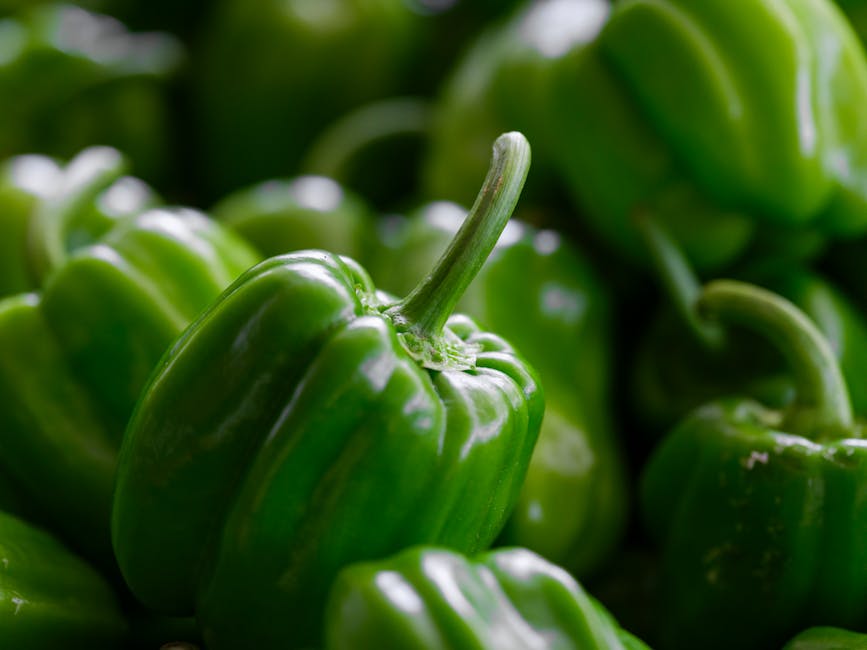If you regularly follow wellness and fitness influencers on social media, you’ve likely seen afew videosof someone praising chlorophyll water and its purported benefits. Even the visual of adding a chlorophyll supplement—usually sold as a liquid tincture—into a large glass of water is dramatic and alluring:a dark, concentrated cloudthat eventually dissipates, revealing a vibrant emerald tonic.
Promises of clearer skin, fresher breath, less bloating, and more energy are enticing enough to turn chlorophyll water into one of today’s top health trends. But does it actually do anything?
(5 things you should know before trusting that supplement.)
What is chlorophyll?
Chlorophyll is the naturally occurring green pigment found in plant cells. It’s used as energy to convert carbon dioxide and water into a plant’s food during photosynthesis, a process that also releases oxygen into the air. The nutrient is found naturally in green fruits and vegetables like spinach, broccoli, and kiwi.
As a supplement, chlorophyll is typically sold either as a tincture or a pill, but it’s not chemically identical to its natural form. “It is usually in the form of chlorophyllin, a water-soluble form of chlorophyll that contains copper and sodium,” says Vijaya Surampudi, associate professor of medicine and co-creator of the adult nutrition support services for enteral, TPN management, and nutrition oncology clinics at UCLA. Chlorophyllin is a synthetic version of chlorophyll where the central magnesium atom is replaced by copper, making it much more stable than the natural version.
(Liver problems linked to supplement use are on the rise—here’s why.)
Why chlorophyll is so popular
In the late 1930s, Temple University researcher Benjamin Gruskin was interested in the use of chlorophyll on infectious wounds and ulcers, but his experiment left him with mixed results. In 1947, the American Journal of Surgery reported that chlorophyll derivatives helped reduce the noxious odor of injured patients at a war hospital. By the 1950s, chlorophyll was marketed as a powerful deodorizer and detoxifier and quickly showed up on store shelves in an array of products, including toothpaste, soap, and chewing gum.
While the popularity of chlorophyll eventually waned, it popped back up again in the mid-2010s, with YouTubers adding liquid chlorophyll into their personal health routines. And now, with the rise of wellness influencers on Instagram and the proliferation of the #HealthTok community, this popular practice has become inescapable—it’s an integral part of many “morning routine” videos and has many viewers clamoring to purchase a bottle of this seemingly “magical” ingredient.
Today, the hashtag #chlorophyll has over 81 million views on TikTok alone. But the information on social media surrounding the efficacy of chlorophyll is largely anecdotal, based solely on each influencer’s personal experience and often doesn’t consider other lifestyle factors that may contribute to their perception of improved health.
Are there really benefits to drinking chlorophyll?
Some alleged benefits of chlorophyll water include constipation relief, clearing up acne, improving digestion, and boosting energy. Larger claims include body detoxification, aiding weight loss, and preventing cancer.
You May Also Like
“Studies have shown [chlorophyll] may act by blocking uptake of potential carcinogens like nitrosamines in processed meats,” says Ellen Kornmehl, a retired cancer physician from Harvard Medical School. She also notes that it can “inhibit gene insults and oxidative stress,” meaning it may be able to lessen the damage to our genes caused by exposure to environmental toxins like air pollution, as well as act as an antioxidant to protect against cell damage caused by free radicals.
“One caveat is that chlorophyll can also have detrimental effects like increasing light sensitivity, interaction with medications, and, in a few studies, promotion of tumor progression was observed,” she says. Chlorophyll supplements also contain copper, which, in excessive amounts, can lead to copper toxicity.
(How these two vitamin supplements could do more harm than good.)
Many influencers swear that they’ve seen clearer, brighter skin since they started drinking chlorophyll water. But some detractors attribute the clearing of skin simplyto an increase in water intake and overall hydration—something that also naturally aids with digestion, constipation, and energy. And though a 2014 study on the clinical efficacy of chlorophyll used for acne treatment did find a reduction in acne and sebum levels, it was with the use of topical chlorophyllin, not an oral supplement.
“Supplement makers claim that chlorophyll can do many things, but few of the claims are backed by scientific evidence,” says Surampudi. Research surrounding what chlorophyll actually does to the body is very limited, with many of the existing studies done on animals.
Can you have too much chlorophyll?
Naturally occurring chlorophyll from plants isn’t considered harmful to humans, even in large amounts. Experts generally recommend anywhere from 100 mg to 300 mg of liquid chlorophyllin per day for adults, but more studies are needed to determine if this is a truly effective dose in humans.
“Since the FDA does not regulate supplements, it is difficult to know upper limits,” says Surampudi. “Chlorophyllin supplements can have side effects, including gastrointestinal issues, skin reactions, and allergic reactions.” While they are generally considered safe, she stresses that it’s important to consult with a healthcare professional before taking any new supplements. Additionally, there has been no research on the safety of chlorophyllin on women who are pregnant or breastfeeding.
Going the natural route
If you’re still chlorophyll curious, you can get your intake by simply eating your greens. Foods high in chlorophyll include spinach, collard greens, mustard greens, alfalfa, parsley, green cabbage, asparagus, chlorella, and spirulina. In addition to these foods, it’s generally important to eat a variety of colorful fruits and vegetables as part of a healthy diet.
“Eating whole foods, especially dark green leafy vegetables, is best,” says Kornmehl. “They offer a natural ‘package’ of plant compounds like beta-carotene, lutein, vitamin E, fiber, and potent anti-inflammatory polyphenols, all of which promote health and may act synergistically.”



